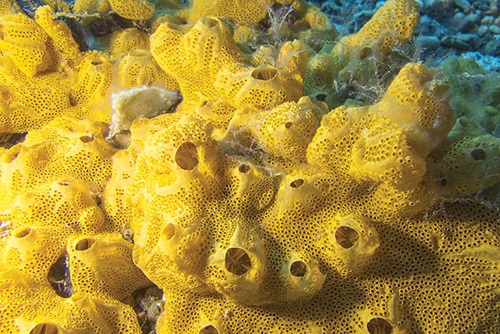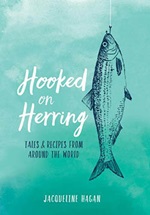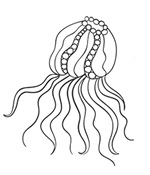BIOLOGY: Sea sponges may help identify gut bacteria
 Sea sponge
Sea sponge Photo: Shutterstock
Sea sponges are believed to have existed for about 750 million years, making them the world’s longest-existing animal. But of more recent interest to researchers is the fact that as much as 60 per cent of a sea sponge’s tissue is made of bacteria.
As each sea sponge is home to complex collections of bacteria, they provide an ideal testing ground for techniques that can identify multiple bacterial phyla, or groups, at once. These techniques have potential applications in mapping the similarly complex microbiome of the human gut.
Beginning with the ability to identify 41 bacterial phyla in 81 different species, the new, more sensitive multi-primer developed at Flinders University has been able to identify 57 phyla in just four local sponge species.
“From this initial examination of marine sponges, we are now confident that it can be applied across all microbiomes – including human microbiome studies,” researcher Qi Yang says.
“This will have many possible implications. For example, to better understand the human gut, we will now be able to identify many more types of bacteria, to obtain a more complete picture of the human microbiome.”
TECHNOLOGY: Tasmania nears carp free status
After 25 years of concerted effort, Tasmania is close to eradicating the invasive European Carp (Cyprinus carpio). It is estimated that fewer than 20 carp remain in Lake Sorrell, with the Inland Fisheries Services committed to removing every last one.
Carp were first found in Tasmania in 1995 in Lakes Sorrell and Crescent in the Derwent River Catchment. A concerted eradication program led Lake Cresent to be declared carp-free in 2009.
However flooding around the same time allowed carp populations to rebound in Lake Sorrel, and more than 41,000 carp have since been removed from the lake.
Nowhere else in the world have carp been successfully eradicated from water bodies as large as Lake Crescent and Lake Sorrell, which are 23 square kilometres and 53 square kilometres respectively. These lakes are also important recreational trout fisheries.
Tasmanian carp research has targeted the problem locally, while the National Carp Control Plan has been investigating how to control carp at a continental scale.
Watch the Tasmanian carp story here.
IN PRINT: Hooked on Herring

Australian Herring (Arripis georgianus) has high amounts of omega-3 fatty acids, is good for heart and brain health, and is a sustainable species – all good reasons to eat the fish, which was added to the Status of Australian Fish Stocks reports for the first time in 2018.
The species is most common off the south-west coast of Western Australia, but is also found along most of Australia’s southern coastlines, with a single biological stock.
A fan of this popular recreational species, Jacqueline Hagan has produced the cookbook Hooked on Herring, published by Margaret River Press, featuring a range of international cuisines and preparation techniques adapted for the species.
Her recipes include techniques commonly used for Atlantic Herring, such as smoking, but she says Australians also have the opportunity to enjoy the fish fresh, unlike in the Northern Hemisphere where herring are generally only sold preserved – pickled, salted or smoked.
MEDICINE: Box jellyfish venom antidote
A team of pain researchers at the University of Sydney has discovered an antidote to the deadly sting delivered by Australian box jellyfish – the most venomous creature on earth.

The Australian box jellyfish (Chironex fleckeri) has about 60 tentacles that can grow up to three metres long, and each tentacle has millions of microscopic hooks filled with venom. One box jellyfish carries enough venom to kill more than 60 people.
A single sting to a human will cause necrosis of the skin, excruciating pain and, if the dose of venom is large enough, cardiac arrest and death within minutes.
Greg Neely, Raymond (Man-Tat) Lau and their team have uncovered a medicine that blocks the symptoms of a box jellyfish sting if administered to the skin within 15 minutes of contact. The antidote was shown to work on human cells outside the body and then tested effectively on live mice. Researchers now hope to develop a topical application for humans.
Box jellyfish are found in coastal waters in northern Australia, from Queensland to Western Australia, and into the waters around the Philippines. The venom used in the study was collected from a box jellyfish in the waters off Cairns.
WORDS
All fishing that takes place on open waters can be classified as either inshore or offshore. Between them, water depth is the biggest difference.
Inshore
Typically categorised as fishing in waters less than 30 metres deep, closer to shore in smaller boats. This type of fishing generally uses lighter tackle.
Offshore
Typically categorised as fishing in waters 30 metres deep or more, and warrants more sea-worthy vessels. This type of fishing generally uses heavier tackle and equipment.





